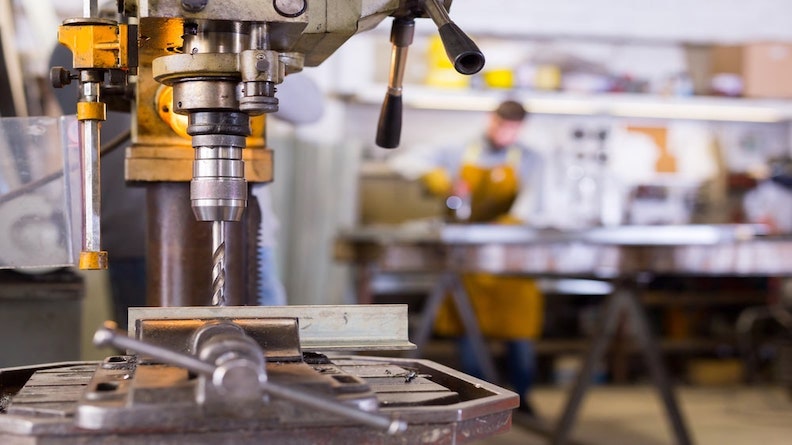
In the realm of power tools, the distinctions between a standard drill machine and a hammer drill are crucial for making informed choices based on your specific project requirements. This comprehensive guide aims to unravel the intricacies, highlighting the key differences between these two essential tools.
Understanding the Core Functionality: The Drill Machine
At its essence, a drill machine is designed for precision drilling into various materials such as wood, metal, and plastic. We'll delve into the core functionality of drill machines, exploring how they generate rotational motion to drive drill bits into surfaces. This section will emphasize the versatility of drill machines across a wide range of DIY and professional applications.
Unveiling the Hammer Drill: Adding Impact to Drilling
The hammer drill introduces an additional element – impact. We'll explore how a hammer drill combines rotational motion with a pulsating hammering action, enabling it to tackle more robust materials like masonry and concrete. Understanding this dynamic functionality is pivotal in discerning the key differences between a standard drill machine and a hammer drill.
Applications and Material Suitability: Tailoring Tools to Tasks
One of the primary distinctions lies in the applications and materials each tool is best suited for. We'll discuss scenarios where a drill machine excels, such as precision drilling in softer materials, and contrast it with the hammer drill's prowess in tasks demanding the power to penetrate harder surfaces. This section will empower users to match tools with specific project requirements effectively.
Power Source Considerations: Corded vs. Cordless Dynamics
Both drill machines and hammer drills come in corded and cordless variants, but the power source can impact their performance. We'll navigate through the pros and cons of corded and cordless options, considering factors like mobility, convenience, and power requirements. Understanding these dynamics aids in making informed decisions based on your project needs.
Control and Precision: A Drill Machine's Finesse
Precision and control are critical in many applications. We'll explore how a drill machine, with its focused rotational motion, offers enhanced control. This section will delve into the subtleties of using a drill machine for tasks requiring finesse and pinpoint accuracy, highlighting its advantages in delicate woodworking and assembly projects.
Impact Mechanism: The Hammer Drill's Forceful Edge
The hammer drill's impact mechanism is a game-changer when dealing with hard materials. We'll dissect how the pulsating blows generated by a hammer drill's mechanism enhance its ability to penetrate concrete and masonry. Understanding the forceful edge of the hammer drill is essential for those tackling heavy-duty construction and renovation projects.
Versatility vs. Specialization: Navigating Your Tool Arsenal
We'll conclude by weighing the pros and cons of versatility versus specialization. A drill machine's adaptability makes it an invaluable all-around tool, while a hammer drill's specialization lends itself to more demanding applications. This section will guide users in navigating their tool arsenal, ensuring they have the right tool for the right task.
Conclusion: Empowering Your Tool Selection
Differentiating between a drill machine and a hammer drill is pivotal for optimizing your tool selection. By comprehending their core functionalities, applications, power source dynamics, and impact mechanisms, you can empower yourself to make informed decisions aligned with the unique demands of your projects. Elevate your toolkit strategy by understanding the nuances that set these power tools apart.





